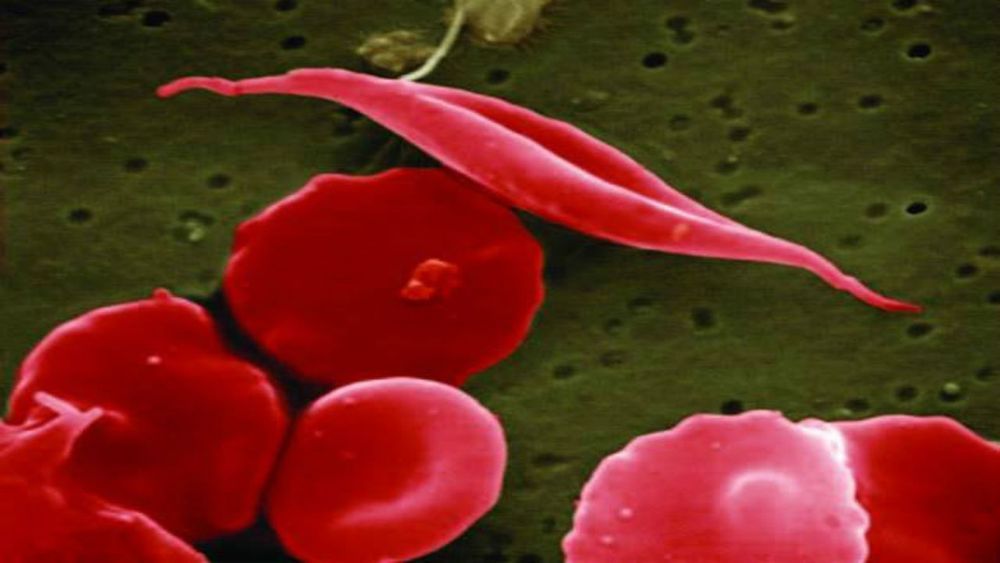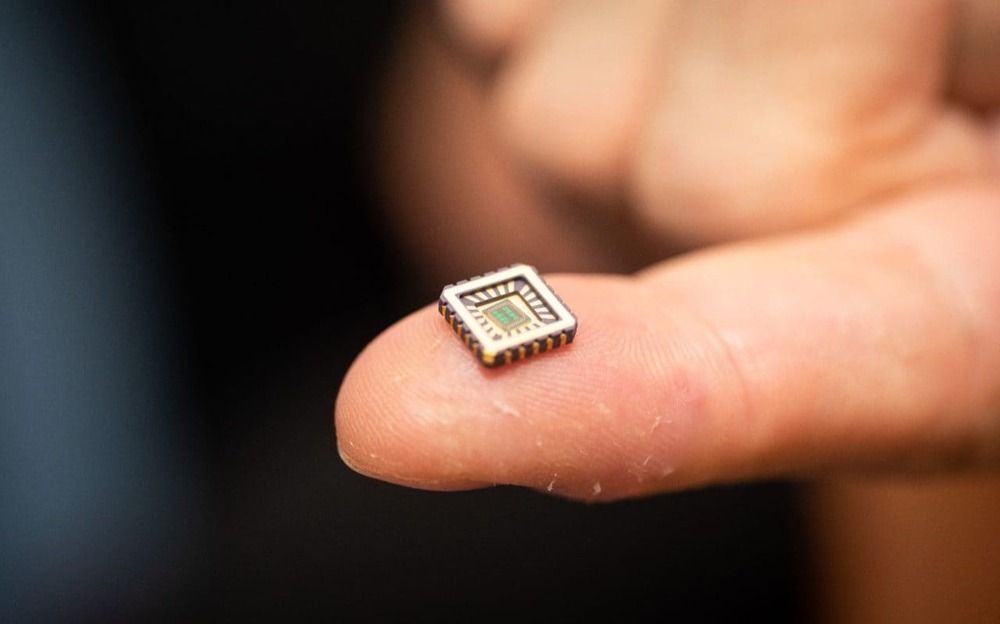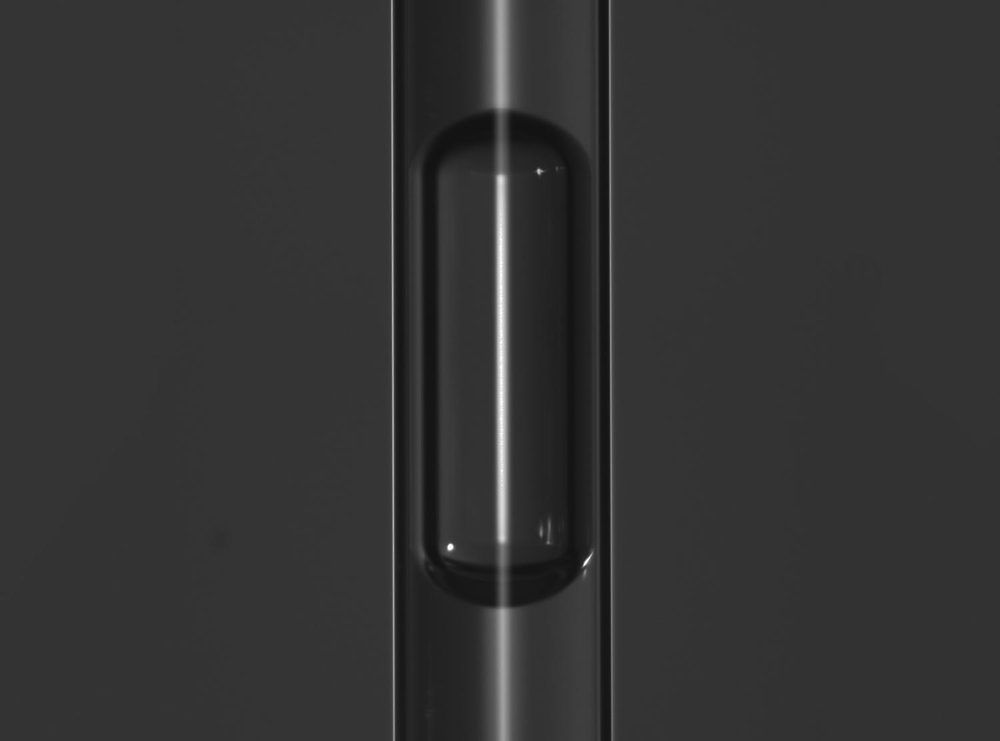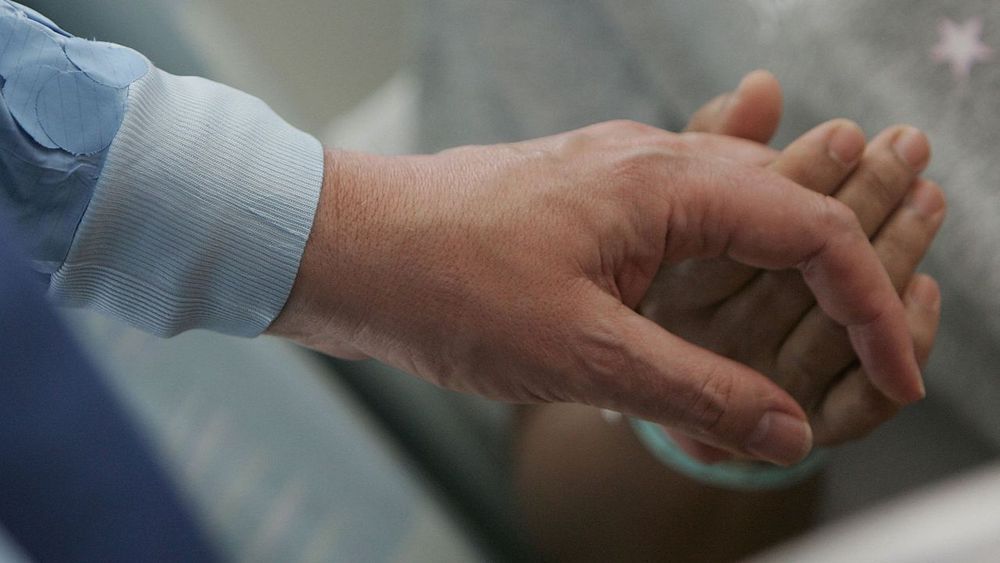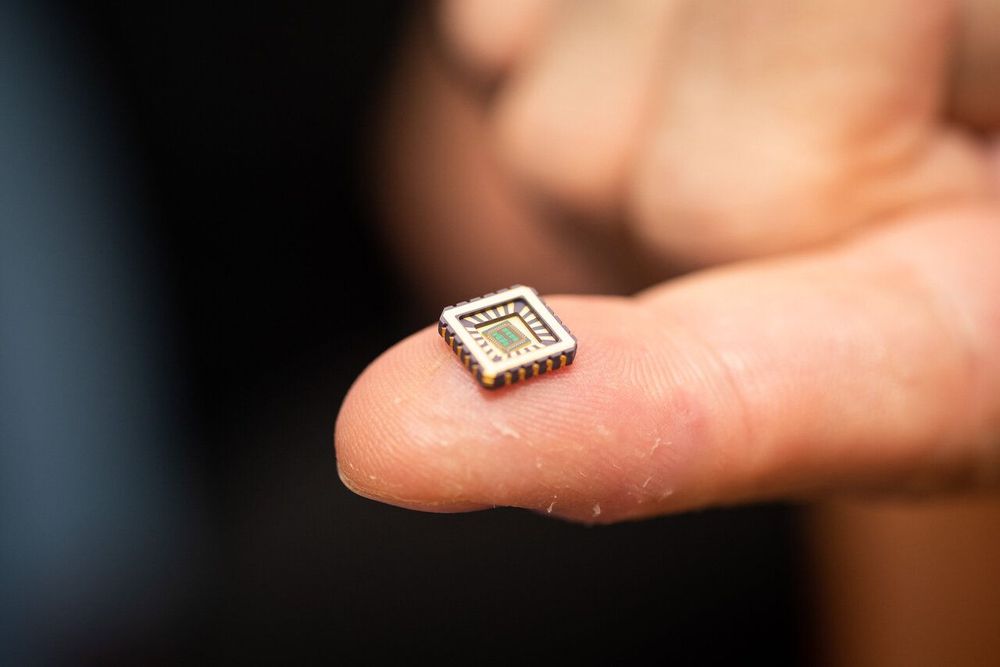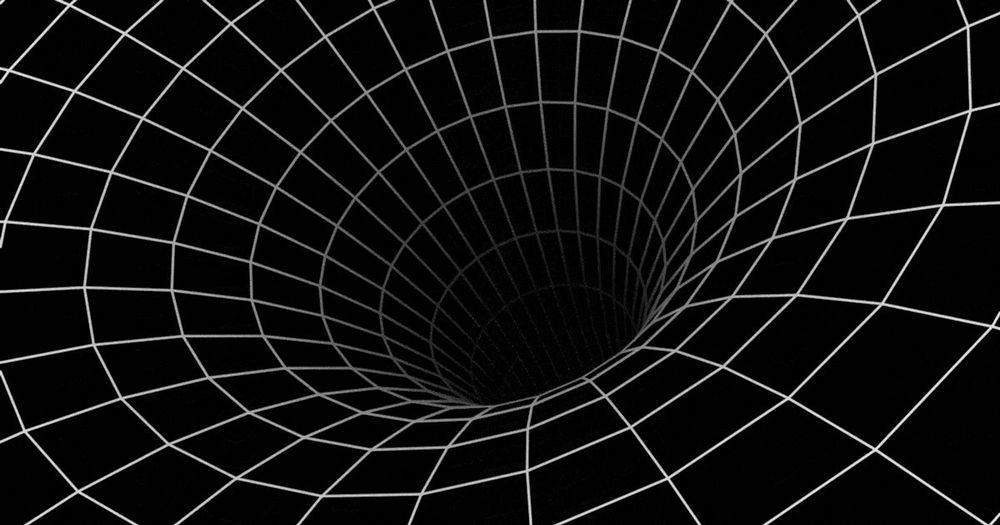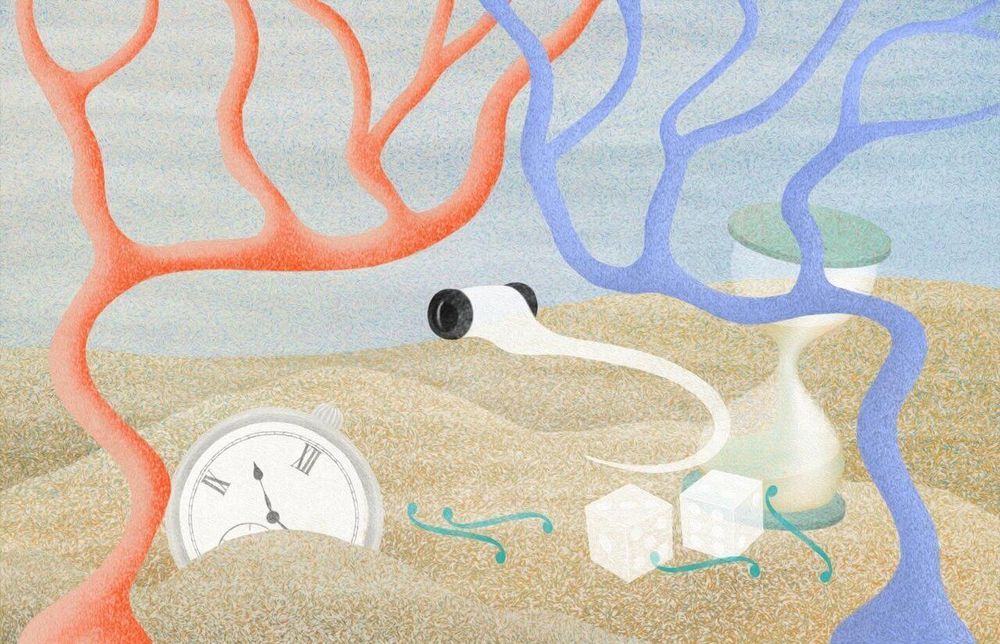
Without hardly noticing, we make countless decisions: to turn left or right on the bus? To wait or to accelerate? To look or to ignore? In the run-up to these decisions the brain evaluates sensory information and only then does it generate a behavior. For the first time, scientists at the Max Planck Institute of Neurobiology were able to follow such a decision-making process throughout an entire vertebrate brain. Their new approach shows how and where the zebrafish brain transforms the movement of the environment into a decision that causes the fish to swim in a specific direction.
Young zebrafish are tiny. Their brain is not much bigger than that of a fly and almost transparent. “We can therefore look into the entire brain and see what happens, for example, when a decision is made,” explains Elena Dragomir, who has done exactly this. “The first step was to find a behavioral paradigm that we could use to study decision making,” says Elena Dragomir. Other animal species, for example, are shown dots that move more or less in one direction. The animals can be trained to indicate their decision on the direction of the dots’ movement, and if it is correct, they receive a reward. The neurobiologists from Ruben Portugues’ group have now adapted this experimental setup for zebrafish. “The trick is that we use a reliable behavior called the optomotor response as a readout of the fish’s decision”.
If a fish drifts in a current, an image of the environment moves past its eyes. Fish will swim in the direction of the perceived optic flow to prevent drifting. Moving dots can trigger this optomotor response in the lab, and fish will turn either to the left or to right, depending on the direction of the moving dots. “We can also vary the difficulty of the decision, by changing the strength of the visual stimulus,” explains Ruben Portugues. “If a higher percentage of dots move in one direction, the fish will turn faster and more reliably to the correct direction.”
